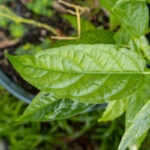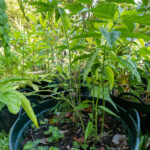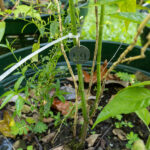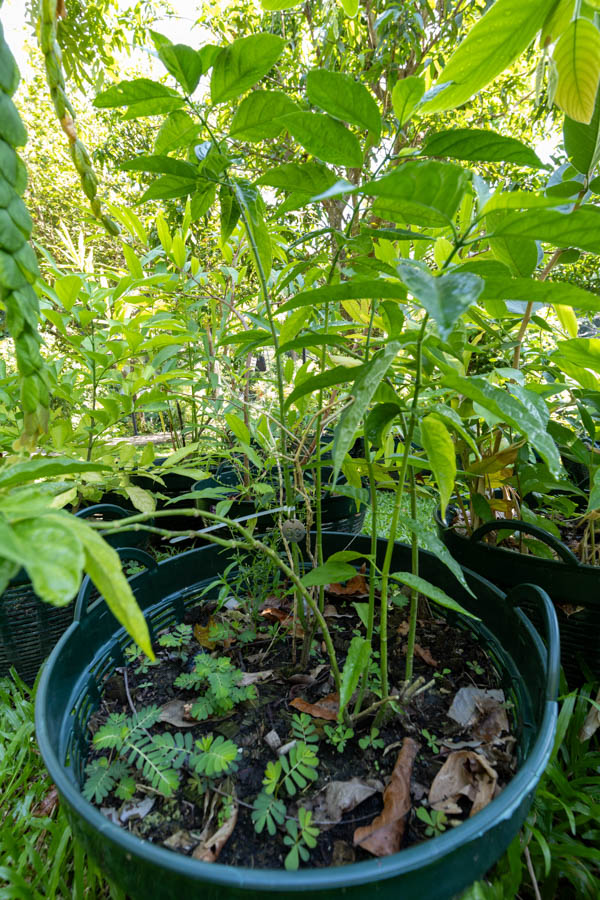เสน่ห์จันทร์แดง (Sane Chan Daeng) / Willow-leaved Justicia
Family: Acanthaceae
Justicia gendarussa is a slender, woody shrub native to tropical Asia and widely cultivated in Thailand for its medicinal properties. Known locally as เสน่ห์จันทร์แดง, it has been used in traditional Thai and Ayurvedic medicine to relieve pain, reduce inflammation, and balance the body’s energy.
Botanical Characteristics
The plant grows 60–120 cm tall with smooth, greenish stems and narrow, lance-shaped leaves. It produces small purple or white flowers in clusters. It thrives in moist, partially shaded environments and is easily propagated from stem cuttings.
Use in Thai Traditional Medicine
In Thai herbal practice, เสน่ห์จันทร์แดง is known for its ability to alleviate joint pain, muscle stiffness, and rheumatic discomfort. It is also used to cool internal heat and support recovery from fever or inflammation. Some practitioners consider it a mild tonic that promotes vitality and blood circulation.
Medicinal Compounds
The leaves contain gendarusin A and B — flavonoid compounds that exhibit anti-inflammatory and analgesic properties. Scientific studies have shown potential use for this plant in the management of arthritis and immune-related disorders.
Cultivation Notes
Justicia gendarussa prefers tropical conditions with moderate humidity and filtered sunlight. Regular pruning encourages bushy growth and maintains leaf quality for medicinal use. It is commonly grown alongside other healing herbs in Thai household gardens.
Historical Context
In both Thai and Indian traditions, this plant is associated with calming energy and protection. Its gentle yet effective action makes it a favorite for traditional healers seeking to harmonize body systems without harsh effects.
Disclaimer: This information is provided for educational and historical purposes only. It is not intended as medical advice. Always consult a qualified healthcare professional before using any herbal preparation.




